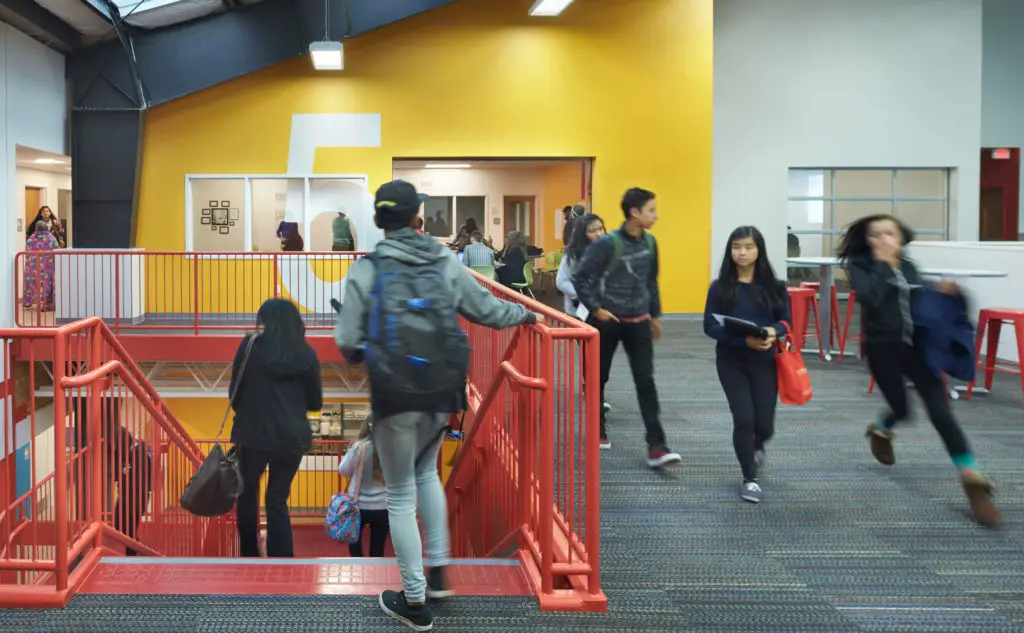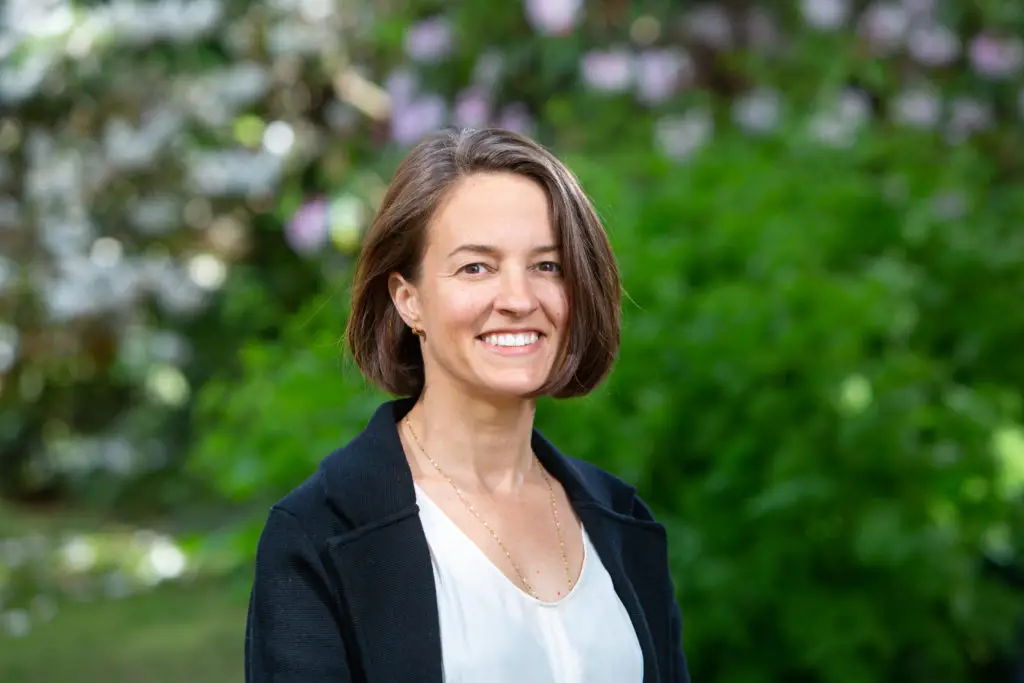As schools begin to move past the crises caused by the Covid-19 pandemic and take stock of the responses that did and didn’t work, Summit Public Schools in Washington state may have more bright spots than other school operators.
During a broader study of Washington state charter-school parents, we found a strong pattern at the three Summit Public Schools in western Washington. Parents with a student enrolled in Summit Public Schools reported that the schools’ emphasis on technology, social-emotional supports, and community helped students transition into and out of remote learning.
Summit schools knew how to work online — before the pandemic
Many parents noted that their students stay engaged during remote learning because they already had their own Chromebook, were used to receiving assignments online, and had regular access to one-on-one attention/support.
“[Before Covid,] they were being taught how to find the tools and resources they need online,” one parent of a tenth and eleventh grader reported. “Because Summit’s platform was online, and because every student already had a Chromebook, they’d already been trained on it. It took our school two days to get back up to speed. That’s all [the students] missed.”
During remote learning, Summit students logged into Zoom classrooms for every class. Although modifications were put in place, parents said that the schools overall did “a good job of keeping students on track and keeping them working.”
In the words of another parent, “They were able to pivot so quickly to move things virtually. I really don’t feel like they skipped a beat.”
Access to online assignments created opportunities for a seamless transition to fully remote learning. Parents reflected that their kids were back online within one or two business days, bypassing the weeks of transitional chaos in some districts with less integrated technology.
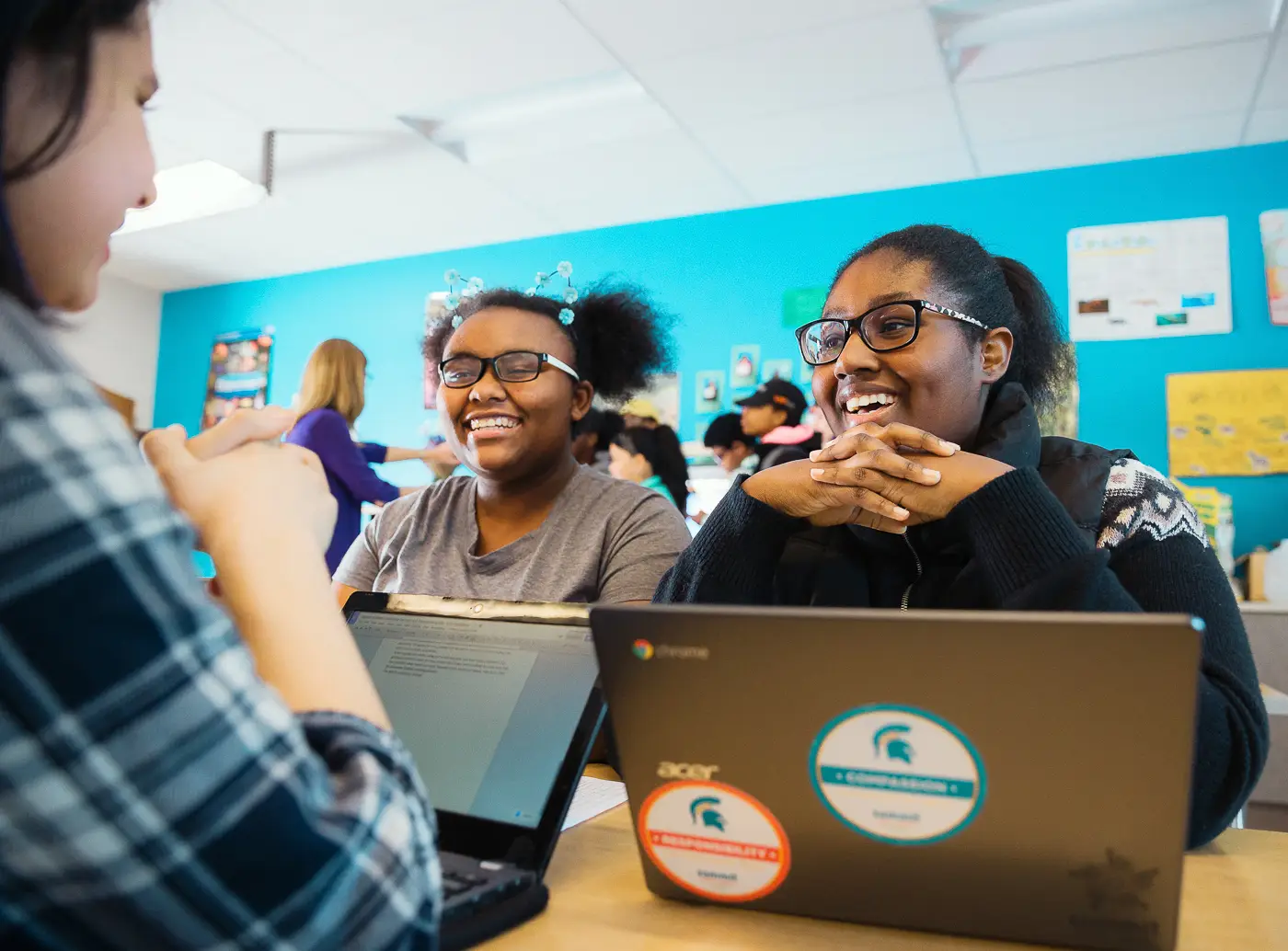
Addressing youth mental health needs was already a habit
“I think the teachers were very concerned about the students’ mental health [during the 2020-21 school year],” said a parent of a seventh and tenth grader. Social isolation from friends, extracurricular activities, and normal routines weighed heavily on youth mental health throughout the pandemic. Yet the parents in focus groups reported that Summit had already prioritized student mental health ahead of Covid-19.
Mental health awareness and social-emotional learning were already a regular part of the conversations in schools – from the language utilized in the classroom to the quiet rooms for students in need of a pause. In fact, the schools’ emphasis on social-emotional learning and mental health prompted some parents to seek out Summit schools in the first place. One parent quoted her son’s psychologist that Summit was “the only school” for him.
Upon returning from remote learning, the schools also provided additional spaces for socialization outside of the classroom. “Every Friday in December, any student who was current with their work got to go in one area of the school and play games and hang out and they could even talk with friends,” one parent said, adding that the space was especially helpful for teens who needed more practice socializing, like her own student.
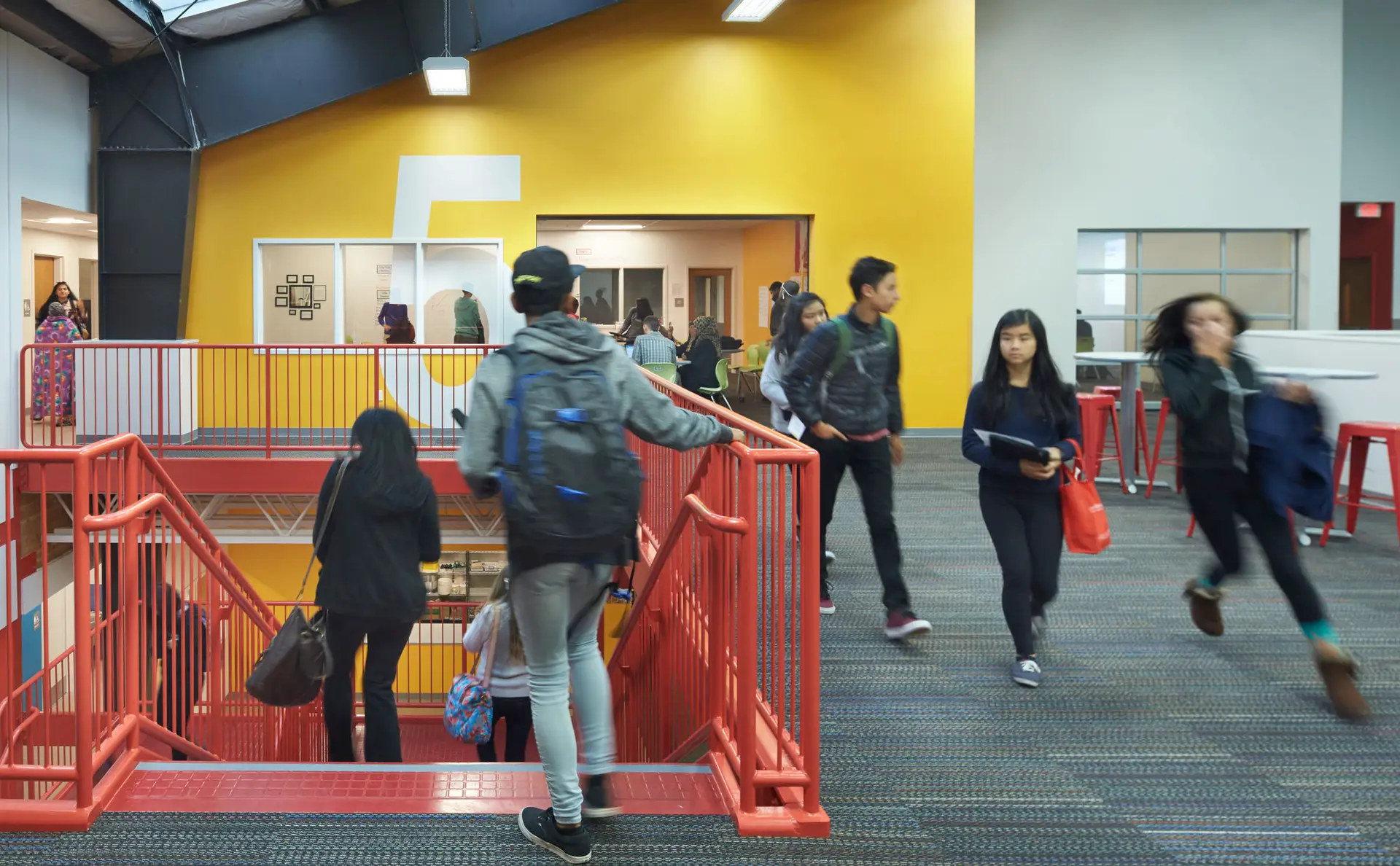
Caring relationships between staff and families boosted student resilience
A culture of support and inclusion enabled Summit Public Schools to stay well-connected with parents and students throughout the pandemic. Regular communication among educators, families, and support staff enabled resilience and responsiveness. Parents mentioned mentorship programs and support for their students with individualized education programs (IEPs). Parents also reported the schools to be a place of safety and welcoming to students from diverse backgrounds.
“The teachers made sure to get to know both of my kids,” said one parent with two students enrolled. “It really is a community, and they make sure that they get in there for the kids and make sure the kids are learning and getting it.”
In the words of another Summit parent: “Because of the way they let everybody be who they are, the way they teach them [and us]… they give our own values to our kids.”
Students also tended to respect the school’s culture of inclusion. One parent recounted an instance of bullying her child witnessed. “The kids were like, ‘That’s not gonna happen on my watch. That’s not what we’re here for,” she said. “One of my kids … said, ‘You can’t pick on us for being weird because we’re all weird.’”
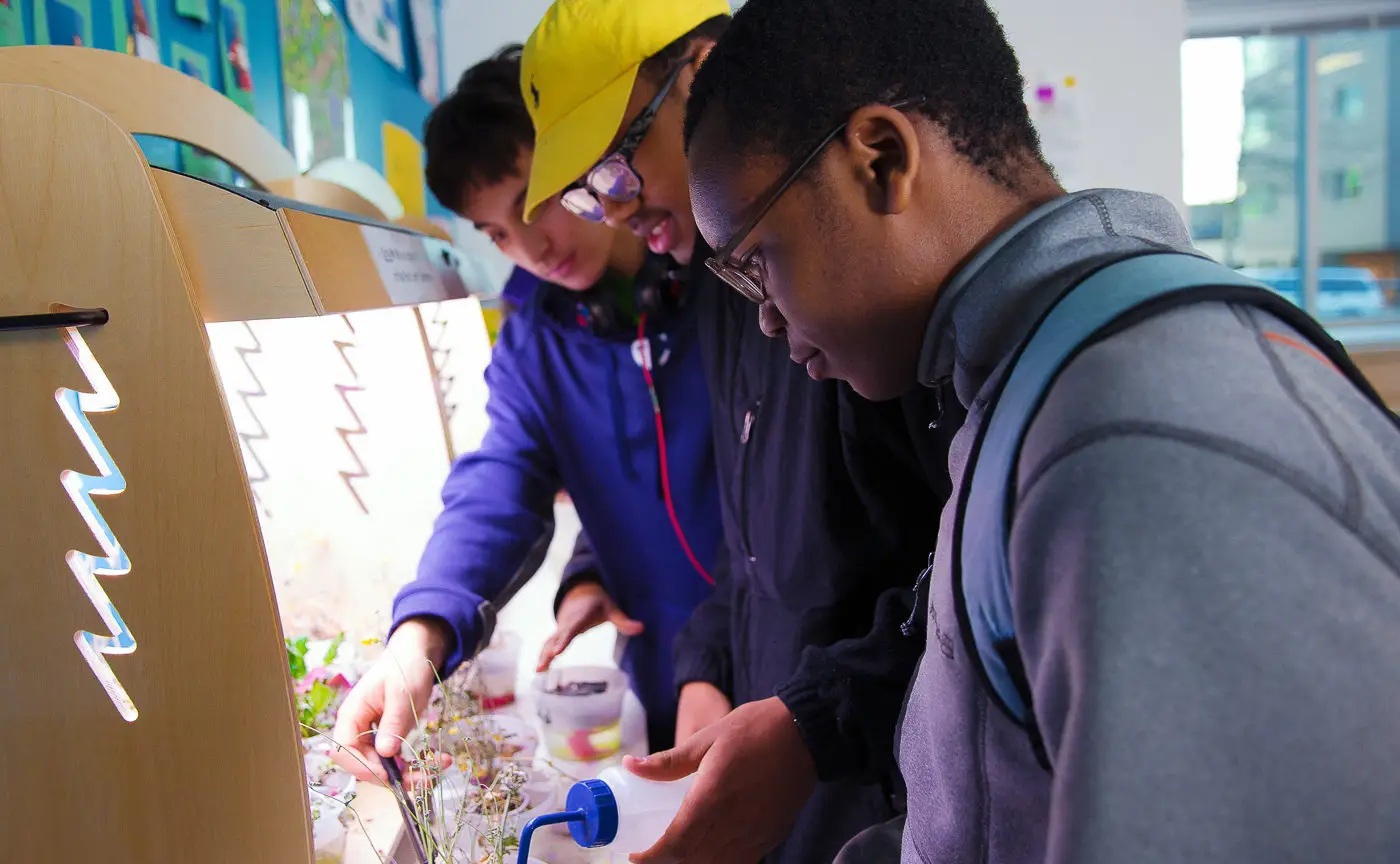
Lower teacher turnover and more extracurriculars could improve schools, parents say
Though most parents reported that the transitions between remote and in person learning went smoothly for their students, there were a few challenges. First, some parents noted an uptick in staff turnover, which was especially hard on students who were close to the departing staff member.
More than one parent suggested that the addition of extracurricular activities could provide more opportunities for students to connect with each other. “I wish we had sports or more stuff for the kids to do that involved them meeting other kids,” suggested one parent. “I know we have Covid-19 [still going on], but I also know that public schools have already started doing that kind of stuff.”
Financing for extracurricular activities within charter schools remains a widespread issue, and parents have noticed the inequities. “[Lack of] access to resources because of the idea that we are taking away from the public school district doesn’t cheat Summit,” one parent explained. “It cheats the kids.”
‘One of the lucky ones.’ Summit parents satisfied with their schools
Despite the challenges, all parents with a student at Summit who participated in focus groups expressed satisfaction with their students’ school experience and felt similar gratitude for their schools’ response to the pandemic.
“I’m very blessed. … I know families that have gone through lots of struggles ever since Covid-19 started,” said one parent who transitioned her son from a private school to the charter during the pandemic.
“I would say I’m one of the lucky ones, because when Covid hit and the schools shut down abruptly, that was when I really saw them shine. It was like the kids did not skip a beat.”



